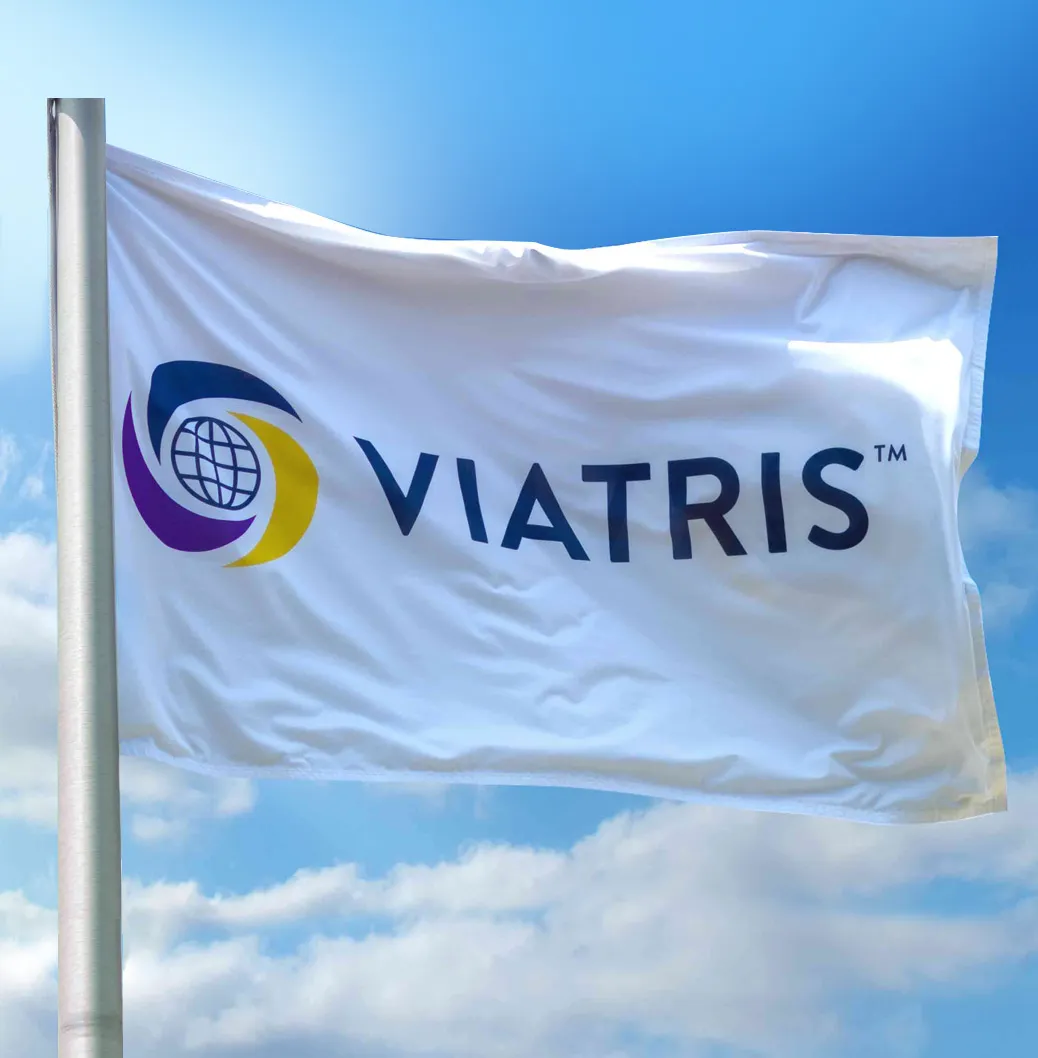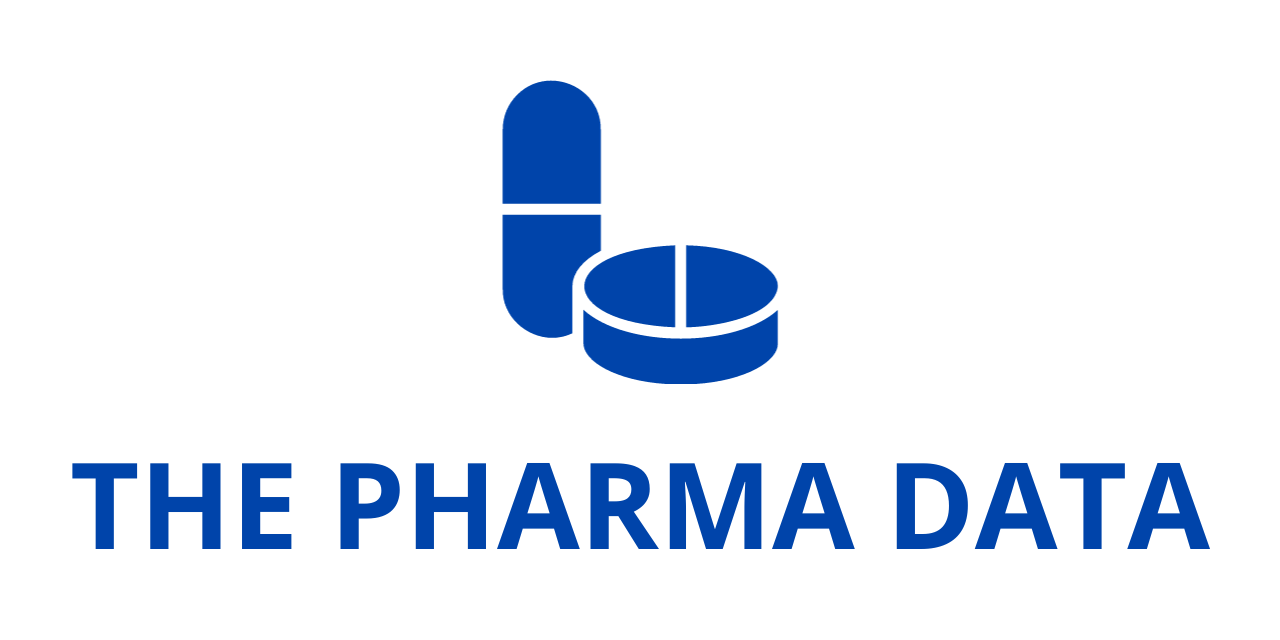
Viatris Reports Positive Phase 3 Results for MR-142, Advancing a Potential First-in-Class Treatment for Night Vision Impairment in Keratorefractive Patients
Viatris Inc. a global healthcare company committed to bridging access and innovation, announced today that its investigational drug candidate MR-142 (phentolamine ophthalmic solution 0.75%) has met key efficacy and safety endpoints in its pivotal Phase 3 clinical trial, LYNX-2. The study was conducted under a Special Protocol Assessment (SPA) with the U.S. Food and Drug Administration (FDA), a designation that ensures alignment with the agency on critical elements of the trial design and endpoints.
LYNX-2 focused on evaluating the potential of MR-142 to treat a significant and currently underserved ophthalmic condition: chronic night driving impairment in individuals who have undergone keratorefractive procedures such as LASIK or PRK. These patients often experience visual disturbances—including glare, halos, and starbursts—in mesopic (dim light) and low-contrast environments. The functional consequences are particularly evident during night driving, when these visual phenomena pose serious safety risks and significantly degrade quality of life. Currently, there are no FDA-approved therapies specifically indicated for this condition.
Overview of the LYNX-2 Trial
The LYNX-2 study was designed as a randomized, double-masked, placebo-controlled Phase 3 trial and enrolled a total of 199 keratorefractive patients who suffer from reduced mesopic vision and associated functional impairments. Participants were randomized to receive either MR-142 or placebo. The treatment was self-administered nightly in both eyes over a six-week period.
The trial’s primary efficacy endpoint focused on mesopic low contrast distance visual acuity (mLCVA), an important clinical metric for measuring vision quality in low-light, low-contrast conditions. Specifically, the endpoint required patients to achieve a gain of at least 15 letters—or the equivalent of three lines—on the Early Treatment Diabetic Retinopathy Study (ETDRS) eye chart at Day 15.
MR-142 met this primary endpoint with statistical significance (p<0.05), demonstrating that significantly more patients in the MR-142 treatment arm experienced a ≥15-letter improvement in mLCVA compared to those receiving placebo. This result not only validates the clinical utility of MR-142 in enhancing low-light vision but also sets the stage for further regulatory engagement.
Strong Support from Patient-Reported Outcomes
In addition to the objective clinical measures, the study also assessed subjective improvements in functional vision using the Vision and Night Driving Questionnaire (VND-Q), a validated patient-reported outcome tool. These assessments reinforced the clinical findings, indicating that patients dosed with MR-142 reported significantly less difficulty in key functional activities compared to placebo.
At Day 15, patients treated with MR-142 reported reduced difficulty in seeing the road due to oncoming headlights—a frequent and distressing complaint in this population. Additionally, these patients reported improved vision in situations involving glare, particularly when driving at dawn or dusk. Both improvements were statistically significant (p<0.05), underscoring MR-142’s potential to deliver meaningful quality-of-life benefits.
Safety and Tolerability
Safety findings from LYNX-2 were consistent with previous studies of MR-142, and no new safety signals were identified. Importantly, the study also examined whether patients developed tolerance—or tachyphylaxis—to the drug over time. The analysis found no evidence of such a decline in therapeutic response through six weeks of dosing, providing further confidence in the durability of MR-142’s effect.
Participants in the trial will continue to be monitored for long-term safety over a total period of 48 weeks, extending beyond the initial six-week efficacy evaluation. This extended follow-up will allow Viatris to generate a comprehensive safety dataset to support future regulatory filings.
A Critical Step Toward Addressing an Unmet Medical Need
Dr. Philippe Martin, Chief Research & Development Officer at Viatris, expressed optimism about the potential of MR-142 to fill a long-standing treatment void in ophthalmology. “Our eye care pipeline is designed to address a broad range of ophthalmic conditions,” said Dr. Martin. “We believe that these positive results confirm the potential of MR-142 to meet a critical need for keratorefractive patients experiencing glare and reduced functional vision in mesopic, low-contrast environments, including night driving, for which there are no currently FDA-approved options.”
This sentiment was echoed by Corinne Le Goff, Chief Commercial Officer at Viatris, who emphasized the broader commercial and patient-impact potential of the drug. “The positive Phase 3 results of MR-142, a potential first-in-class treatment option, are a promising step forward in our commitment to enhancing eye and vision health,” said Le Goff. “We are excited by the potential to leverage our existing eye care infrastructure to introduce complementary product offerings that make a meaningful impact for patients and healthcare professionals alike.”
Fast Track Designation Supports Accelerated Pathway
In recognition of its potential to address a serious condition with no current treatment options, the FDA has granted Fast Track designation to MR-142. This designation is intended to expedite the development and review of drugs for serious conditions that fill an unmet medical need. In this case, MR-142 targets not only impaired mesopic vision but also its real-world implications—such as elevated risk of motor vehicle accidents due to photic disturbances like glare and halos following corneal refractive surgery.
Fast Track status provides several advantages during the drug development process, including more frequent communication with the FDA, rolling submission of regulatory documentation, and eligibility for priority review if certain criteria are met.
LYNX-3 and Regulatory Planning
Building on the success of LYNX-2, Viatris is preparing to initiate a second pivotal trial, LYNX-3, which is expected to begin in the near future. The study will further validate MR-142’s efficacy and safety, and results are anticipated in the first half of 2026. Together, the LYNX-2 and LYNX-3 studies are expected to form the basis for a New Drug Application (NDA) submission to the FDA.
Details of the LYNX-2 trial are publicly available on ClinicalTrials.gov under the identifier NCT06349759, providing transparency into the study’s methodology and endpoints.
Strategic Partnership with Opus Genetics
MR-142’s development has been enabled through a global licensing agreement between Viatris and Opus Genetics. The agreement grants Viatris exclusive U.S. commercialization rights to phentolamine ophthalmic solution 0.75%, while allowing Opus to retain certain global rights outside the U.S. This strategic partnership aligns Viatris’ commercial expertise with Opus’ ophthalmology-focused innovation platform, creating a strong foundation for bringing MR-142 to market efficiently and effectively.
The LYNX-2 trial represents a significant milestone for both Viatris and the broader field of ophthalmology. By demonstrating statistically significant improvements in both clinical and patient-reported measures of visual function, MR-142 has shown clear potential as a novel treatment option for keratorefractive patients living with night vision impairment. With no existing FDA-approved therapies for this condition, MR-142 could become a transformative solution for the many individuals struggling with reduced functional vision in low-light conditions.
As the company moves forward with the initiation of LYNX-3 and continues long-term safety monitoring of LYNX-2 participants, Viatris remains committed to expanding its presence in eye care and delivering innovative, high-impact treatments that address real-world patient challenges.




